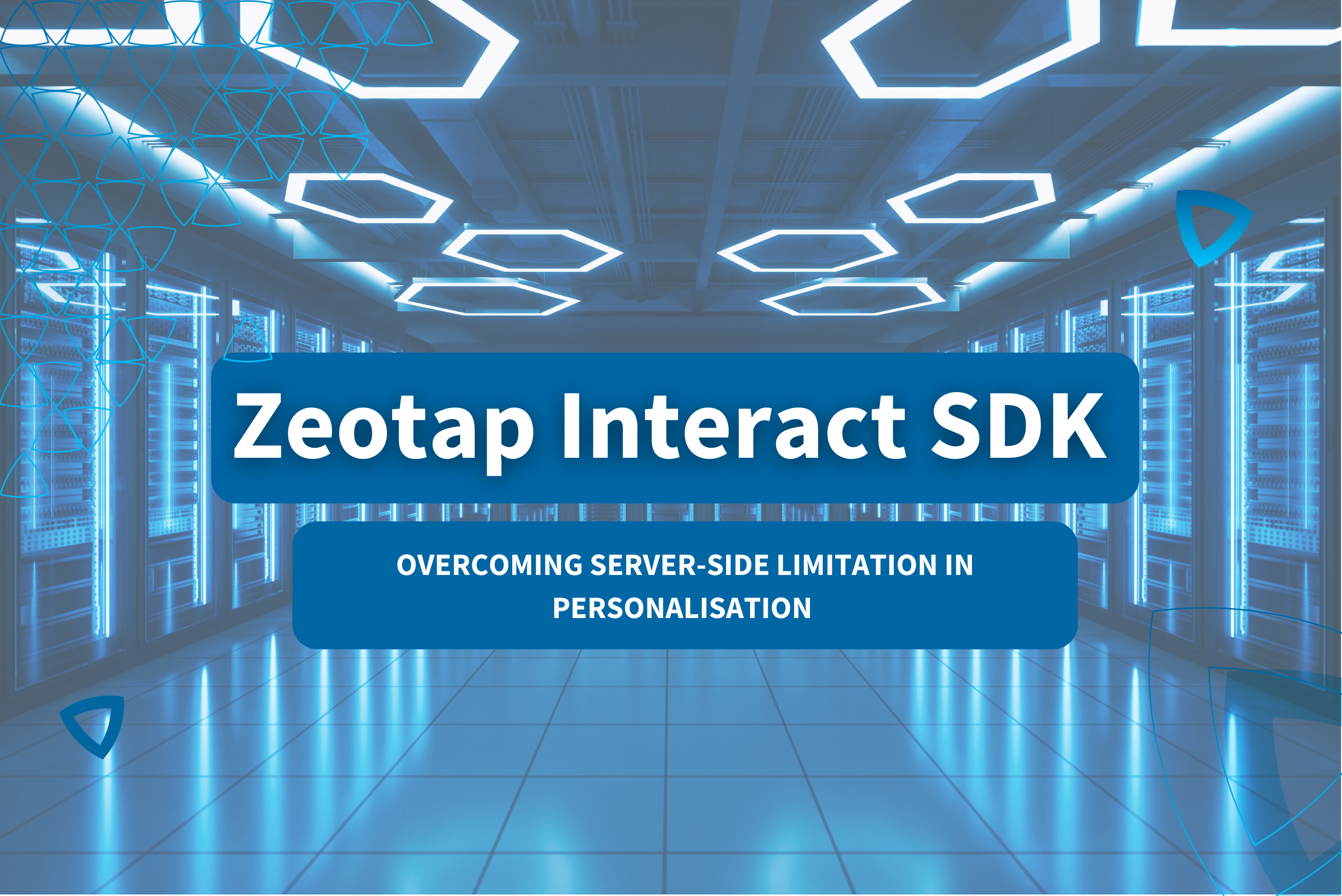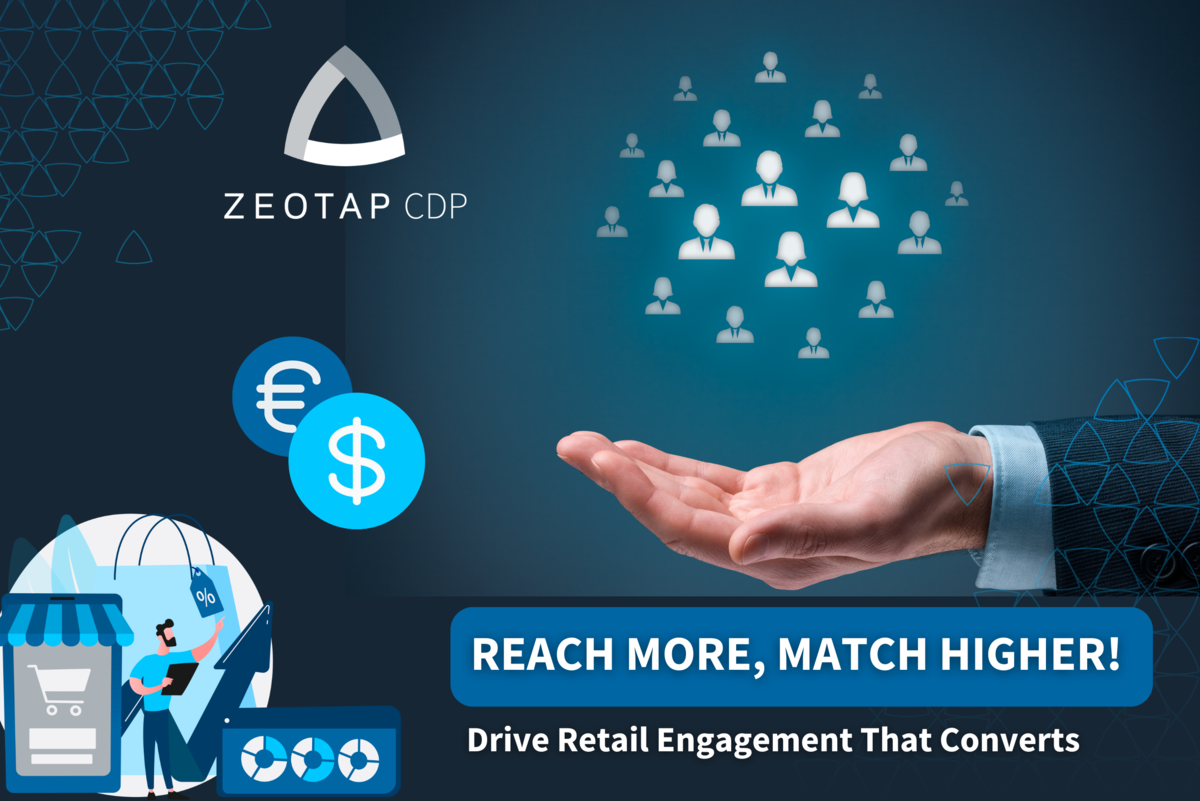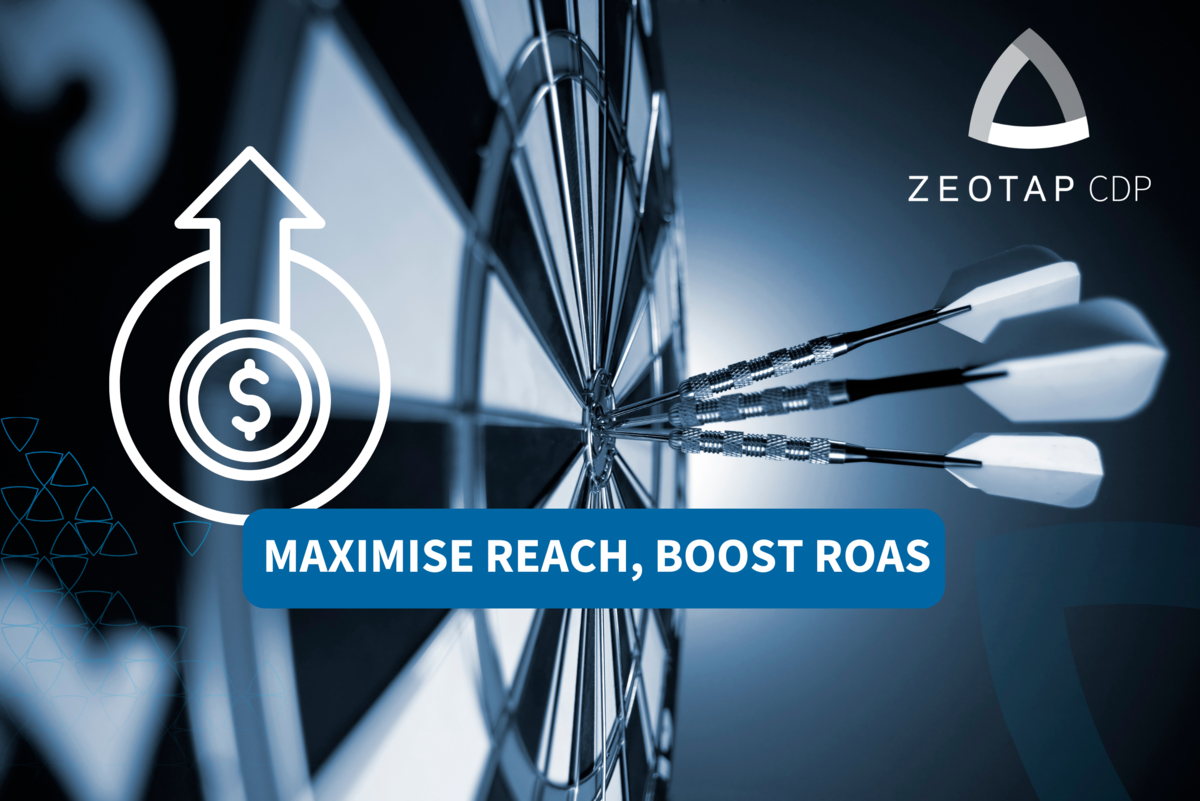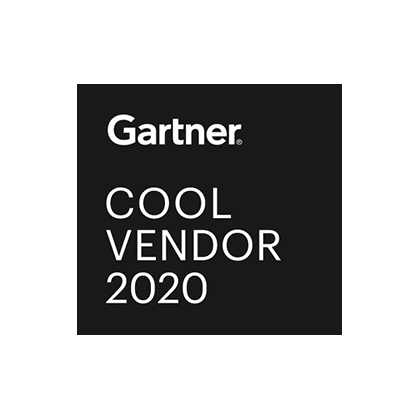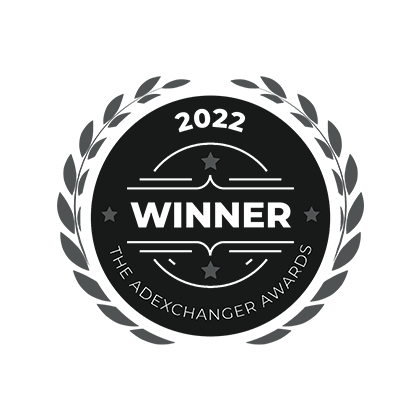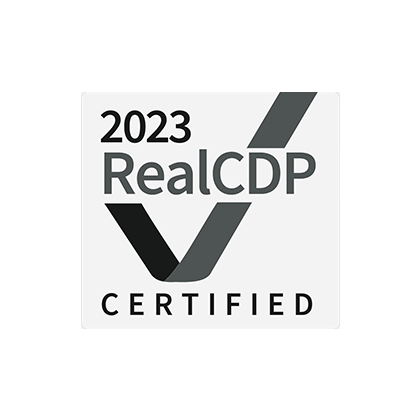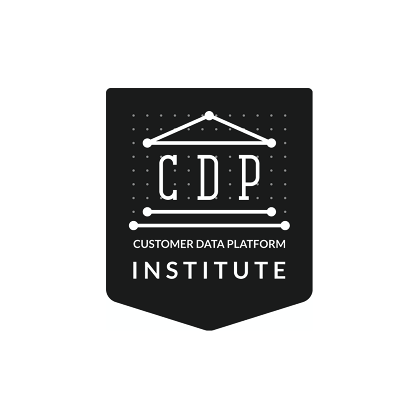Customer Data Platforms (CDPs) and Data Management Platforms (DMPs) are often pitted against one another. Some marketers presume that it is an either-or scenario: they must pick one at the expense of the other because it’s needless or impossible to use both. In actual fact, this is incorrect. In an ironic twist, it’s their similarities that cause confusion.
In this blog, we will delve into the distinctions between CDPs and DMPs, highlighting their unique functionalities and the significant implications each has for marketing strategies.
CDP Vs DMP - The Key Differences Explored
Enterprises understand that CDPs and DMPs are both integral tools for effectively managing their customer data for marketing and advertising strategies.
Despite their shared functionalities, they differ is in the data that each one of them uses. CDPs focus on known data, such as first-party data, collecting them from various touchpoints, while DMPs focus on anonymised third-party data, such as cookies and segmented customer IDs.
While both platforms leverage existing customer data, create a single view of the customer and facilitate audience activation, they diverge in their approaches to identity resolution, data ingestion, enrichment and activation. CDPs resolve identity down to a specific person, whereas DMPs operate on an anonymous level, heavily reliant on probabilistic identifiers.
Due to the differing data focus, the platforms yield different results. Let’s explore the six main differences that separate CDPs and DMPs.
- Data Collection: CDPs focus on first-party data, collected from customers who have directly interacted with the business online and offline. In addition to that CDPs may also be able to use second-party and third-party data. While DMPs rely on anonymised third-party data.
- Customer Identities: CDPs use Personally Identifiable Information (PII) for accurate audience identification, unlike DMPs.
- Data Retention: CDPs retain data longer for effective analysis, while DMPs focus on recent trends with shorter data retention periods.
- Cookie Usage: DMPs rely on third-party cookies, whereas CDPs prioritise consent-based data collection without reliance on cookies.
- Real-time data processing: CDPs prioritise real-time processing for immediate action on customer interactions, while DMPs may focus more on aggregating data for broader audience targeting strategies.
- Data Privacy and Compliance: CDPs emphasise strict adherence to data privacy regulations due to handling Personally Identifiable Information (PII), while DMPs, dealing with anonymised data, still must comply with relevant privacy laws to maintain consumer trust.
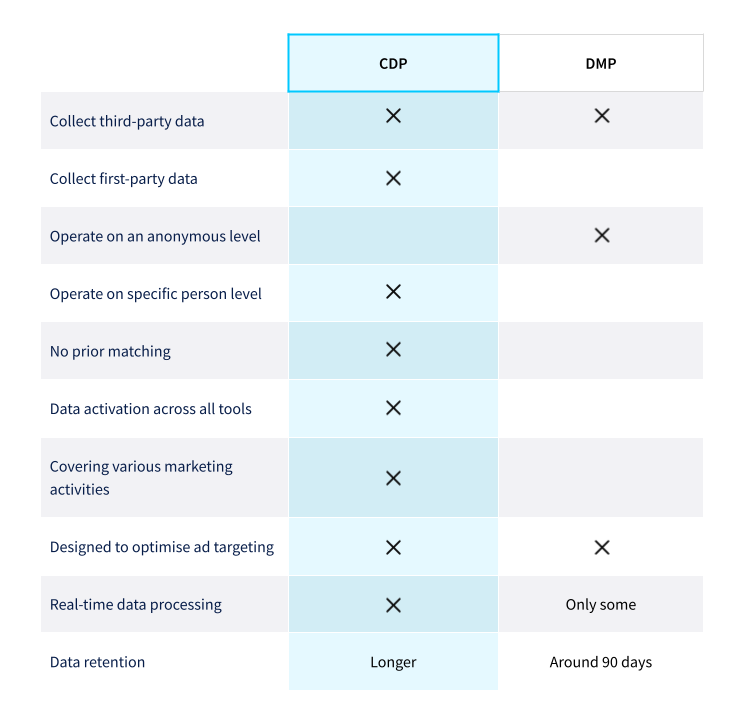
CDP and DMP - What are they used for
Getting accurate information from a DMP and CDP hinges on your business’s specific requirements and the data you aim to manage.
While CDPs cover various marketing aspects, DMPs are specifically designed to optimise ad targeting for advertisers and agencies. If you’re still unsure of which tool to go for, these examples will help you understand what your business needs.
Using applications in a MarTech Stack
When being used in a stack, a CDP is interoperable with any martech stack and can collect and push data to an unlimited number of locations. Besides CDPs offer a multitude of use-case while DMPs are primarily associated with displaying adverts. An outcome of this could be utilising the first-party data collected by the CDP to personalise email marketing campaigns. By integrating with an email marketing platform in the MarTech stack, the CDP can provide insights into customer preferences and behaviors. This allows marketers to tailor their email content and timing based on individual interests and engagement patterns, resulting in higher open rates, click-through rates, and ultimately, improved ROI on email marketing efforts
Building a comprehensive Customer View
If it’s a comprehensive understanding of your audience that you’re after, a CDP is almost designed for this purpose. CDPs store a variety of information about a user, from their transactional and social data to behavioural data, historical purchasing data and even demographics. Having this much information to hand provides copious opportunities for personalised marketing with a higher chance of success through leveraging relevancy.
On the other hand, DMP audiences are completely anonymous, and the data stored makes hyper-personalised marketing opportunities impossible.
Capturing, analysing and storing data
DMPs will capture data such as APIs, tags and uploads in a similar manner to transactional marketing tools. This often results in the data being stored in a high level and aggregate manner. DMPs also predominantly only retain user information for a shorter period which means data formatting options are limited. DMPs do house two different data stores, however: One contains the raw data, whilst the other enables fast utilisation of a subset of the data and it is stored separately to allow for easier access.
Storing 1st Party Data, including PII
CDPs store both anonymous and PII data, as well as first, second and third party data. CDPs do come with advertising capabilities, and so will also store DMP information such as anonymous cookie IDs and audience tags.
DMPs are unable to store first party data due to their use as an anonymous data collector. They will store anonymous information like cookies, devices and IP address information instead.
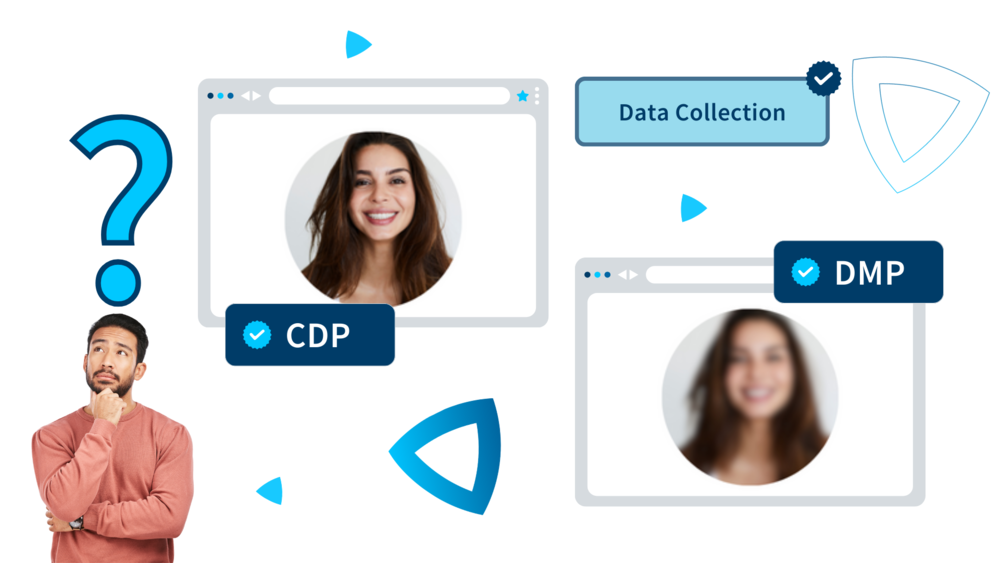
CDP vs DMP - Which one is right for you?
Ultimately which data platform you use will depend entirely on the objectives of your advertising. CDPs allow you to create a hyper-pcustomised marketing campaign that leverages different audience segments depending on specific personalised information, whilst DMPs can collect only anonymised information and use it to build an advertising audience.
Choosing between a CDP and a DMP depends on several key factors:
- Comprehending the distinctions between the two platforms.
- Assessing how each platform can fulfill your marketing goals.
- Clarifying your intended use of data.
- Evaluating whether you have sufficient resources to effectively leverage these platforms to their fullest capacity.
It must be said that with the impending deprecation of 3P-cookies and the necessary shift towards a 1P-data strategy, businesses should start shifting from a DMP to a CDP. In the impending cookieless future, in fact, the role of a CDP becomes increasingly vital. Unlike DMPs, CDPs offer versatility and adaptability for long-term customer engagement, even in a cookie-depreciated environment. They empower organisations to leverage first-party data effectively, ensuring personalised experiences and targeted marketing efforts. By investing in a CDP, businesses can stay ahead in a landscape where privacy concerns and regulatory changes reshape digital marketing strategies.

Learn more about the difference between CDP and DMP with our brand-new white paper.
Download it for free!
